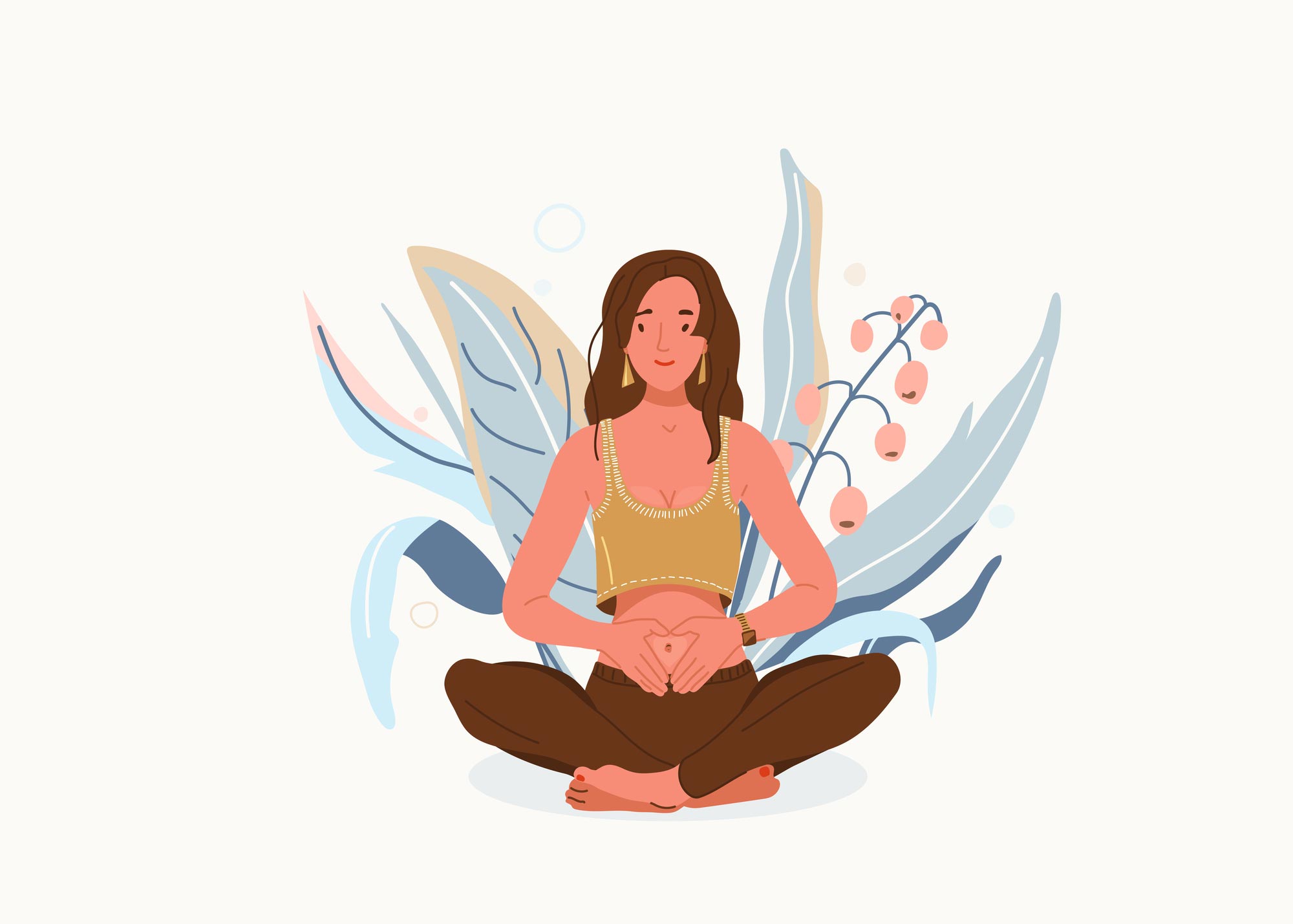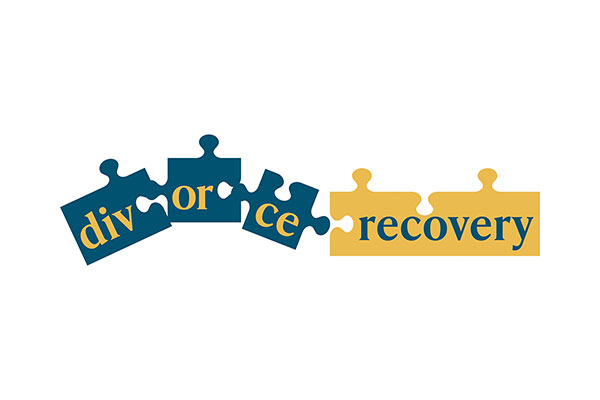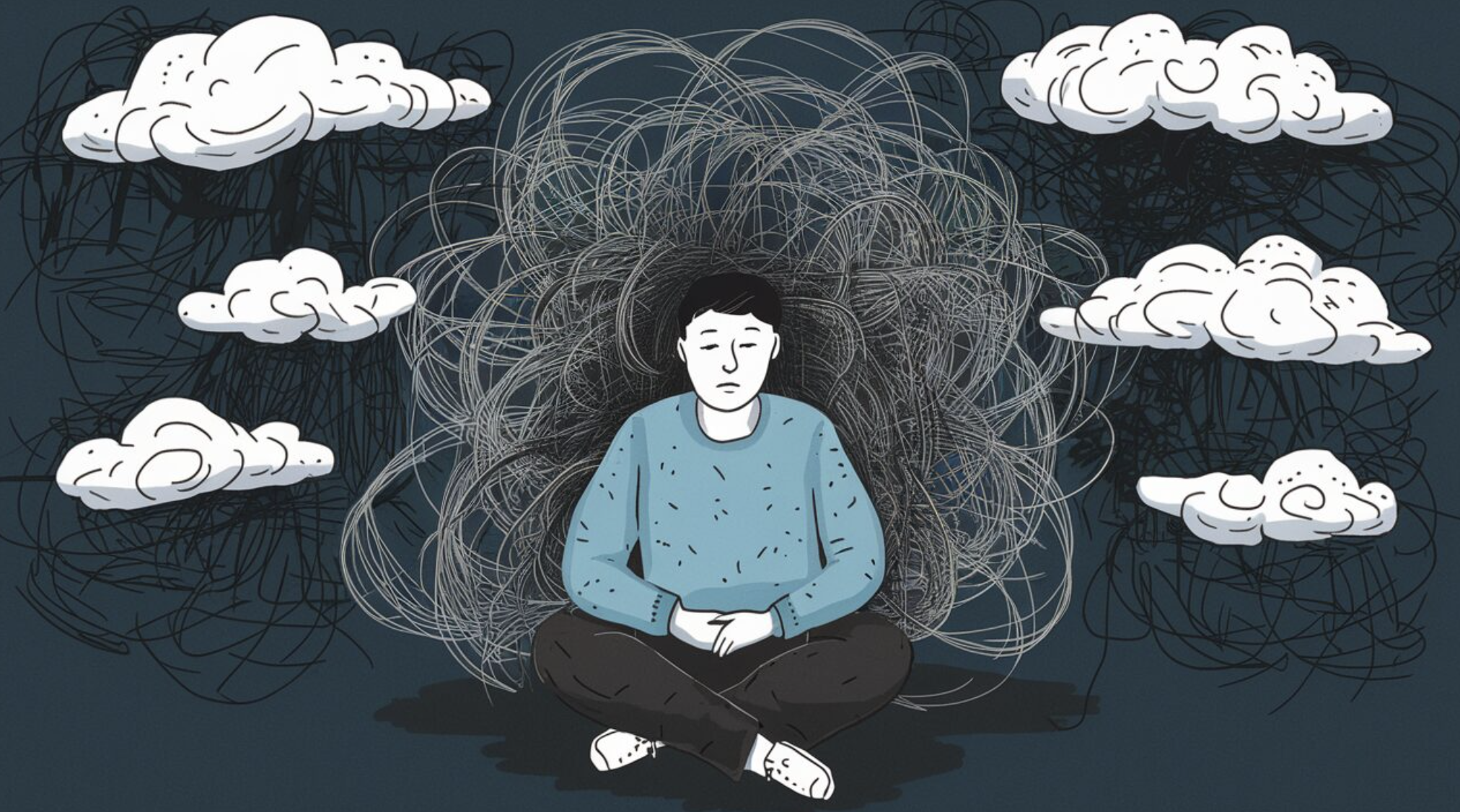Anxiety disorder is among the most common mental illnesses in the United States as reported by the Anxiety & Depression Association of America (ADAA). Even people without the diagnosis can feel anxious and they may even need the right anxiety treatment.
However, the secret to managing it is finding ways to calm yourself down. Here are some tips and tricks to help you deal with an anxiety attack and regain control over your thoughts.
What Is An Anxiety Attack?
Anxiety attacks, also known as panic attacks, are sudden episodes of intense panic or fear. They happen without warning and often result from a situation or scenario that triggers the condition.
Examples of such are facing a big crowd, an earthquake, or being trapped in an elevator. But, an anxiety attack can also occur without a trigger—which is why finding management that works is crucial.
6 Ways to Calm Yourself When Feeling Anxious
1. Deep Breathing Exercises
Deep breathing helps reduce stress and tension in the body. It sends a message to your brain to calm your body, thereby:
- Relaxing fast heartbeat
- Slowing down rapid breathing
- Lowering high blood pressure
Here’s how to do a deep breathing exercise called diaphragmatic breathing:
- Lie flat or sit in a comfortable position.
- Put one hand on your abdomen and the other hand on your chest.
- Take a deep inhalation through your nose. This will push your abdomen and hand out. Your chest and the hand on it should not move.
- Exhale through pursed lips. Your abdomen should go in. You can use your hand to push all the air out.
- Take your time with each breath.
- Do this three to 10 times or as much as you need to calm yourself.
2. Guided Imagery
Guided imagery is a type of meditation that involves mentally visualizing soothing scenarios to promote a state of calmness. Simply put, you close your eyes and imagine the scenes and sounds that you find relaxing.
The most common guided visualization is a tropical beach with the warm sun and sounds of the ocean waves. However, the type of scene does not matter. You can create any vision in your head that helps you lessen or get out of the overwhelming fear.
How to Practice Guided Imagery
- Find a quiet place where you will not be interrupted.
- Lie on the floor or sit on a chair. Loosen tight clothing and remove enclosing accessories, e.g., cap, hat, glasses, contacts, etc.
- Start with a few deep breaths to condition your mind and body.
- Close your eyes when you’re ready.
- Begin imagining the scene you want to be in. Focus on each sight, sound, smell, texture, and taste.
- Stay in the scene for as long as you like. Pay attention to the relaxing feeling you gain as you go on. Feel it spread throughout your body, from head to toe.
- When you’re ready to leave the guided vision, slowly count backward from 10 to one.
- Gently open your eyes. Allow the imagery and the calmness you gained to guide you throughout the rest of the day or night.
3. Music Therapy
Studies suggest that listening to music can reduce feelings of anxiety. Music lessens the stress hormones adrenaline and cortisol that the body releases when anxious.
Choose a type of music or a song that relaxes you, regardless of genre. You can play it on your phone or use earphones or a speaker. Let it take you to your happy place as you listen to it. And, listen with a purpose—to redirect your negative feeling to a positive one
Music brings up memories, according to certified music therapists. It transports us back to the fond places and times we had, healing us.
4. Chewing Gum
A randomized controlled study conducted in two universities in Turkey suggests that chewing gum contributes to the improvement of short-term memory. In it, student participants were asked to chew gum before exams to overcome stress and enhance exam success.
A separate laboratory study also found that chewing gum can alleviate a negative mood and reduce stress hormones. However, the anxiety-reducing mechanism did not reach a clear conclusion. The scientists attributed the effect to increased cerebral blood flow secondary to the act of chewing gum.
5. Panic Journaling
Journaling alone releases pent-up stress. It is writing freely without worrying about making it legible or making sense.
Panic journaling, specifically, is a form of therapy aiming to reclaim control over one’s thoughts and feelings. It is confronting your emotions and being vulnerable to the truth sans the added fear of judgment and blame.
Writing a panic journal does not require structure. It’s just writing whatever comes to mind, like:
- Why am I panicking right now?
- What am I afraid of?
- What emotions am I feeling right now?
- What can make me feel better?
Answer your questions as you write or don’t. It’s completely up to you. Your panic journal should help you calm down in the middle of a panic attack and be a valuable tool for healing when you revisit it later on.
6. Grounding Method
Grounding is another way to calm down during an anxiety attack. It involves identifying elements around you to help your brain recognize the present and reality, and create a sense of comfort from the thought that you have control of your situation.
The most common type of grounding is the 54321 method. You identify:
- Five things you see
- Four things you feel
- Three things you hear
- Two things you smell
- One thing you taste
As your mind begins to focus on finding these things, you will be less focused on your fear and anxiety. This will, then, translate to your body’s response, such as your breathing and heart rate.
We Can Listen to You
The Keil Psych Group in Newport Beach conducts psychotherapy sessions with compassion and understanding as a form of anxiety treatment.
Our approach to anxiety is primarily psychodynamic. We explore your thoughts and emotions with you to identify the root issues, bring them to light for processing, and work with you to make you feel better again.
You can use our online booking feature if you’re a new patient and prefer a non-verbal initial consultation. To schedule an appointment, contact us at 714-334-5497 at Keil Psych Group today!





